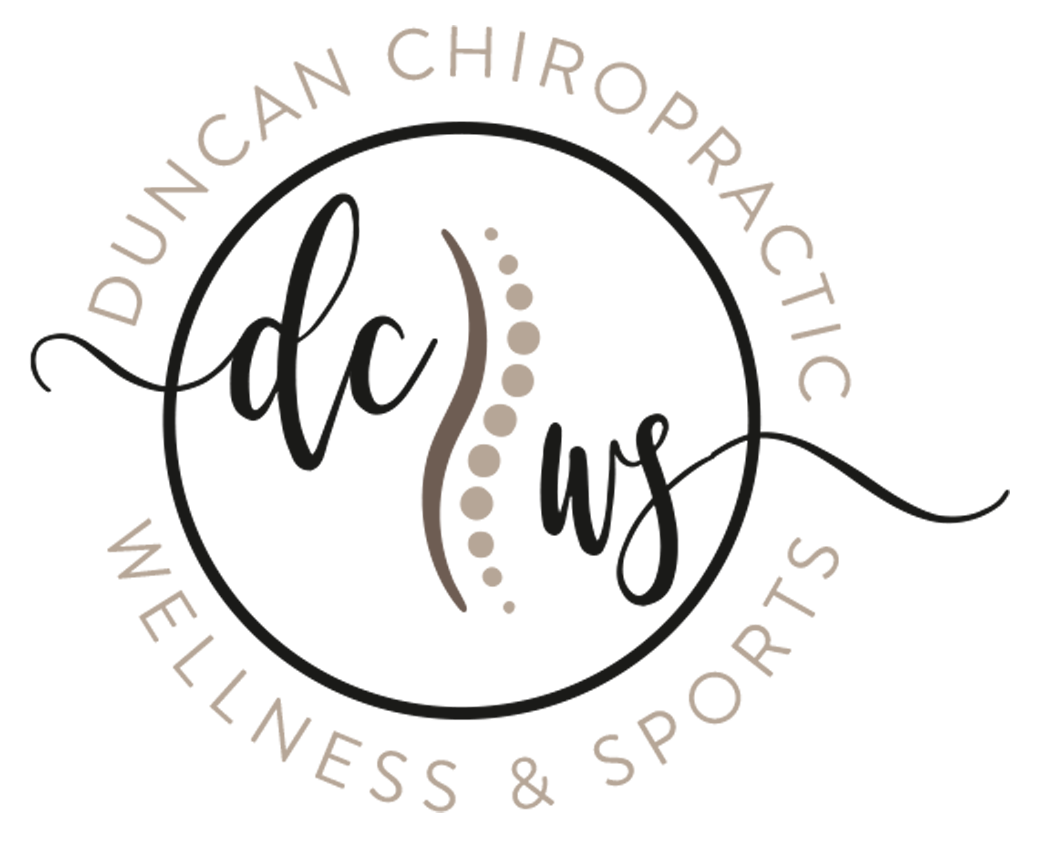How Chiropracic Care Helps with Lifting Injuries
How Chiropractic Care Helps with Lifting Injuries
Feeling sore and stiff due to a lifting injury? Injuries that strain your muscles, joints, and vertebrae can happen whether you're lifting weights at the gym or moving a heavy box at home or work. Chiropractic treatment offers targeted therapies designed to reduce pain from lifting injuries, restore movement, and decrease the risk of future injuries.
Types of Lifting Injuries
Lifting injuries range from mild to severe depending on the type of injury. Although any part of the body can be affected, injuries typically affect the back, neck, or shoulders. Common lifting injuries include:
Back Sprain or Strain. Back injuries will affect about 80 percent of Americans at some point in their lives, according to Washington State University. Did you feel an uncomfortable tug in your back after lifting something heavy? You might have strained, stretched, or torn muscles and ligaments in your back or a subluxation. Subluxations happen when a vertebra in your back becomes misaligned.
Neck Strain. Strained or torn soft tissues and subluxations in the neck can lead to pain, stiffness, and headaches.
Shoulder Injuries. Holding your arm in an awkward position when lifting objects overhead can strain your rotator cuff and other shoulder muscles and cause bursitis, a painful inflammation in the fluid-filled sacs that cushion your shoulder joint. Pain and stiffness may interfere with normal movement of your shoulder and arm.
Herniated Disc. Flexible rubber discs between each vertebra cushion your spine and keep it flexible. Heavy lifting increases pressure on discs, which can lead to a herniated disc. Herniated discs occur when the soft inner core of the disc protrudes through the tough outer covering. Symptoms vary depending on the location of the herniated disc. If you have a herniated disc in your neck, you may notice pain, numbness, or weakness in your shoulder or arm. If the herniated disc occurs in the back, you may notice sciatica symptoms, like pain, numbness, and weakness in the lower back, buttocks, legs, or feet.
Easing Your Pain with Chiropractic Care
Pain relievers dull pain, but only provide a temporary solution. Chiropractic treatments address the source of your pain and promote healing. After a thorough examination, your chiropractor will prepare a treatment plan that may include a few of these treatments:
Spinal Manipulation. Spinal manipulation realigns the vertebrae in your spine. Once the vertebrae are realigned, tension on nerves, muscles, joints, and soft tissue decreases, improving range of motion in the back and neck and reduces pain, stiffness, and inflammation. Worried about taking too much time off of work due to your injury? Injured employees who received chiropractic treatment for low back injuries returned to work sooner and had less costly treatment than those who received medical treatment, according to an Insurance Journal article about a Workers' Compensation Research Institute study.
Soft Tissue Therapy. Soft tissue treatments, which include massage, soft tissue mobilization, trigger point therapy, and myofascial release, decrease muscle tension and inflammation, boost circulation, and break up scar tissue that could limit flexibility and mobility.
Flexion Distraction. Flexion distraction therapy can pull a herniated disc back into position by gently decompressing and stretching the spine. As the spine stretches, space between the vertebrae increases and painful pressure on nerves decreases.
Electrical Stimulation. Electrical stimulation therapy uses mild electrical pulses to prevent pain signals from reaching the brain. The mild electrical current travels through electrodes attached to your skin.
Ultrasound Therapy. Ultrasound waves warm these tissues, decrease pain, improving circulation, promoting, and reducing swelling and stiffness in your deep tissues.
Stretches and exercises may also be part of your treatment plan. Exercise strengthens the muscles that keep your joints and muscles strong and flexible, which may decrease your risk of future lifting injuries. Your chiropractor can also provide posture tips and demonstrate proper lifting techniques.
Struggling with a painful lifting injury? Relieve your pain and stiffness with chiropractic care. Contact our office to schedule an appointment with the chiropractor.
Sources:
Washington State University: Factsheet - Back to Basics,
https://ehs.wsu.edu/workplace-safety/back-injury-prevention/factsheet-back-basics/
Insurance Journal: Chiropractic Care Linked to Lower Injured Workers’ Costs, Faster Return to Work, 5/20/2022
https://www.insurancejournal.com/news/national/2022/05/20/668528.htm
American Chiropractic Association: Back Pain: Prevention and Conservative Treatment, 8/22/2022
https://handsdownbetter.org/back-pain-prevention-and-conservative-treatment/
World Health Organization: WHO Guidelines for Non-Surgical Management of Chronic and Low Back Pain in Adults in Primary and Community Care Settings, 2023
https://iris.who.int/bitstream/handle/10665/374531/9789240085558-eng.pdf
UPMC: Acute Low Back Pain Episodes Shorter, Less Costly When Patients Choose Physical Therapy or Chiropractic Care First, 9/26/2023

